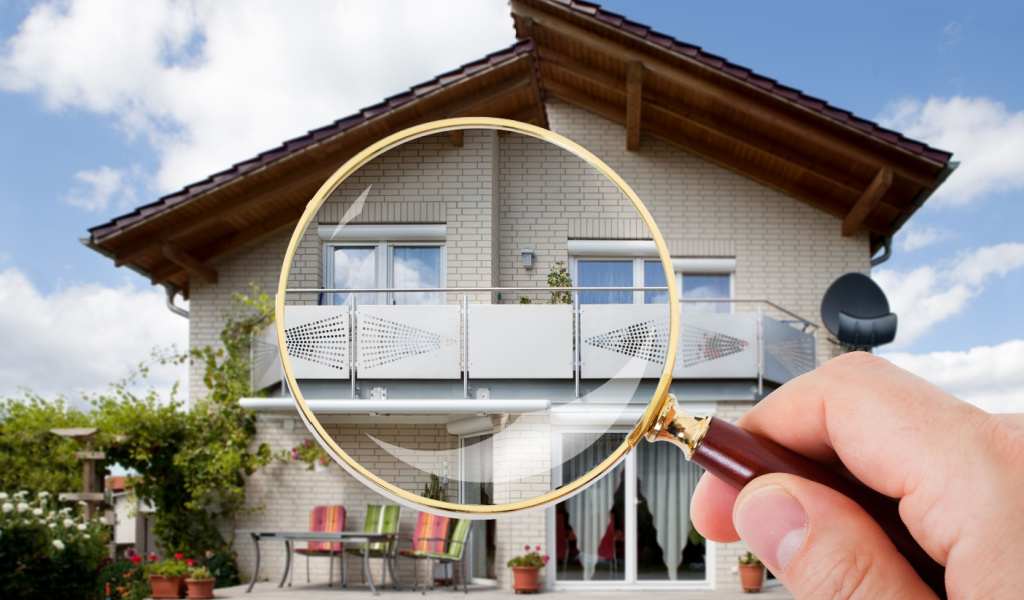Are you looking for a home insurance policy that best suits your home? Learning about the different types of home insurance policies might help you get the best policy that suits your home and budget. These policies safeguard your finances and assets. There are eight types of policies with different rates and grades of protection. While some policies offer easy basic coverage, others offer complete protection from multiple damages to your home and property.

Named Peril vs. Open Peril Policies
Named Peril
This policy ensures your house and property are insured only for specific events mentioned in the terms of your plan.
Open Peril
This policy, also known as all-risk or all-peril, covers all types of damages to your house and property except for those mentioned as exclusions in your policy. Floods, earthquakes, and pest infestations are a few examples of standard exclusions.
Different Types of Home Insurance Policies
Insurance companies generally offer several kinds of home insurance plans with different levels of protection. Let’s examine those policies.
HO-1
HO-1 is the most basic type of home insurance policy because it only covers the main structure of your home. HO-1 does not cover personal property, liability, and other risks, although many other insurance policies cover around 16 identified risks.
This policy’s insurance will not cover the entire cost of reconstructing your house at the current material and labor fee; it only pays out the exact cash value of the property.
This policy covers your house only for specific events. Therefore, this is a named perils policy. Insurers rarely go with this policy as it has such limited coverage. The types of damages the HO-1 policy covers are as follows:
- Smoke
- Theft
- Volcanic eruption
- Fire or lightning
- Hail or windstorms
- Explosions
- Damages by vehicles or aircraft
- Vandalism
- Riots or civil protests
HO-2
HO-2 policies cover more perils than HO-1 policies, but their coverage is still limited. This is also known as broad-form policies. HO-2 policy adds coverage for six more perils in addition to the ten perils listed by HO-1 policies. They are as follows:
- Snow, ice, or sleet weight
- Damage caused by sudden and accidental artificially generated electrical current
- Falling objects
- Heating, plumbing, or air conditioning freezing up
- Accidental and sudden cracking, bursting, bulging, or burning of certain household items
- Accidental leaks or overflows of steam or water
HO-3
The open peril method for your home structure is used here, and the same six coverages as the HO-2 policy apply. Unless expressly stated as an exclusion, all perils or forms of losses are covered by this policy.
The most preferred policy is HO-3, also known as a special form policy. This policy covers the 16 perils or types of harm HO-2 covers for personal property and liability.
Some of the prevalent exclusions are:
- Negligence
- Earthquake damage
- Flood damage
- Government actions
- War
- Pollution
You can add endorsements or extra coverage to your HO-3 house insurance policy if you need additional coverage for exclusions. In this policy, your house is covered at its present replacement rate, which implies that you will be compensated for damages at the market price at the time of request.
HO-4
Another name for the HO-4 policy is renters’ insurance. This covers people who rent houses, condominiums, or apartments but doesn’t cover the building’s fundamental framework, which is generally protected by landlord insurance. All your possessions will be covered for their actual monetary value by the same 16 perils mentioned in HO-2 and HO-3 policies. You might be able to improve your private assets coverage, similar to HO-3 policies, to ensure that your belongings are protected at the value of replacement, and you would get the market value when you replace them.
Since you have no claim to the property and no financial stake in safeguarding it, this insurance policy doesn’t cover the dwelling, attached structure, or other structures on the premises.

HO-5
In the world of home insurance policies, the HO-5 policy is considered the best. It’s also called a comprehensive policy since it generally provides more coverage for personal belongings and liabilities than the HO-3 policy.
This policy covers your belongings using the open peril method and insures them at the cost of replacement. If your belongings are damaged, you will receive the total replacement cost rather than the reduced present value. This policy also pays for medical expenses and loss of use.
HO-6
This policy is for condo owners. Since it covers the interior features of your apartment, such as ceilings, floors, walls, and other modifications you have made, it’s commonly called “walls-in coverage.” This policy pays for the added cost of living, personal liabilities, and personal things against the same perils as the HO-3 policy.
However, HO-6 does not cover the entire building or the shared spaces. Generally, your condo association’s insurance handles this. Therefore, it’s always better to find out what policies your association covers to avoid gaps or conflicts.
HO-7
This policy is for homeowners with mobile or manufactured houses and is very similar to the HO-3 policy. It also covers modular homes, sectional homes, and trailers.
Certain insurance companies only offer named peril coverage for your mobile home and belongings. However, depending on the insurance company, you may be able to get coverage for 16 named perils for your belongings and an open peril policy for the mobile home framework. The open peril policy will cover any harm caused to your mobile home framework unless stated as an exclusion.
HO-7 also provides insurance for liability, loss of use, other structures, and medical expenses.
HO-8
This policy covers houses over 40 years old, which might cost more to reconstruct than their original market value. Historic or uniquely constructed houses fall into this category.
This policy insures your personal belongings and houses against specific hazards, making it a named peril policy. In HO-8, you will not be given the reconstruction cost but will be paid for the house’s value at the time of the claim. HO-8 also covers loss of use, medical expenses, and liability.
The following steps can help you get the best policy based on your needs and budget.
- Calculate the right amount of coverage you need.
- Look for insurance that suits your budget.
- Check on customer reviews.
- Learn how you can add additional coverage.
- Make a list of all your possessions.
HO-3 is the most popular type of home insurance policy. It covers six standard coverage methods, including dwelling, personal property, liability, loss of use, and medical costs. However, it is vital to learn about all the home insurance policies to choose the best fit for your house and budget.



